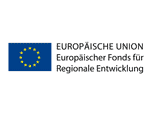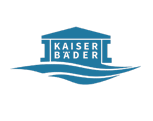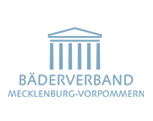- Start
- Curative and Healing Forest
- The forest resources
The forest resources
A first forestry office was established for the Heringsdorf forest from the year 1912, apparently by the Aktiengesellschaft Seebad Heringsdorf (Heringsdorf Corporation). At this time the forest was already divided by the Heringsdorf - Bansin train line. In those days, the forest largely consisted of mixed beech and pine.
Traces of the former forest management can still be found today in the area. However, the forest landscape was disturbed by extensive clearing for reparations after 1945 with up over 80 hectares cleared (30% of the forest area). Reforestation was mainly with pines, in some areas with spruce, Weymouth pine and larch. After 1990, reforestation was carried out mainly with hardwoods with the introduction of Douglas fir and cedar.
The Heringsdorf Forest is currently a very diverse mixture of different trees species, some of which are quite rare. The main tree types in the upper storey are pine (53.4%) and beech (26,8%), with small proportions of oak, alder, birch, larch and spruce.
A remarkable feature is the high proportion of rare tree species in the upper storey such as black pine, blue spruce, black cherry, Omorica spruce, Weymouth pine, Douglas fir or small-leaved lime of all age groups.
The high proportion of trees in the age classes 41-60 and 61-80 years is equally striking. It is a result of the fellings required for war reparations referred to above in the years after 1945 and the subsequent reafforestation.
The switchback terrain of the Heringsdorf forest varies in height from 2.5 to 45.6 m (summit of the Präsidentenberg) above mean sea level.
Source:State of Mecklenburg-Vorpommern Forestry Office







